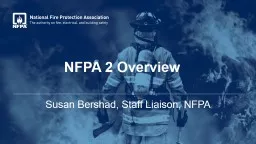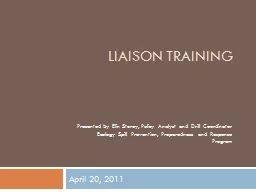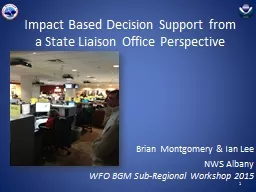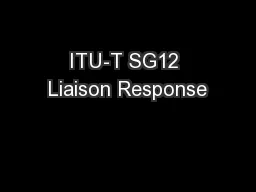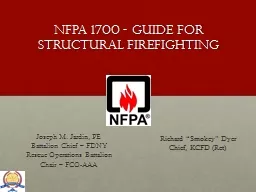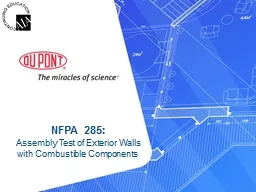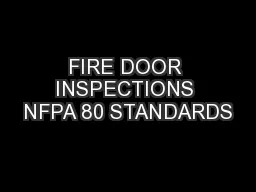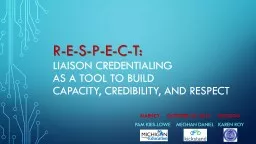PPT-NFPA 2 Overview Susan Bershad, Staff Liaison, NFPA
Author : jane-oiler | Published Date : 2018-10-22
Overview Who are we What is NFPA 2 What does it cover What has changed nfpaorg 2 Who is NFPA Founded in 1896 Independent Mission Driven Notforprofit 501c3 Membership
Presentation Embed Code
Download Presentation
Download Presentation The PPT/PDF document "NFPA 2 Overview Susan Bershad, Staff Li..." is the property of its rightful owner. Permission is granted to download and print the materials on this website for personal, non-commercial use only, and to display it on your personal computer provided you do not modify the materials and that you retain all copyright notices contained in the materials. By downloading content from our website, you accept the terms of this agreement.
NFPA 2 Overview Susan Bershad, Staff Liaison, NFPA: Transcript
Download Rules Of Document
"NFPA 2 Overview Susan Bershad, Staff Liaison, NFPA"The content belongs to its owner. You may download and print it for personal use, without modification, and keep all copyright notices. By downloading, you agree to these terms.
Related Documents

